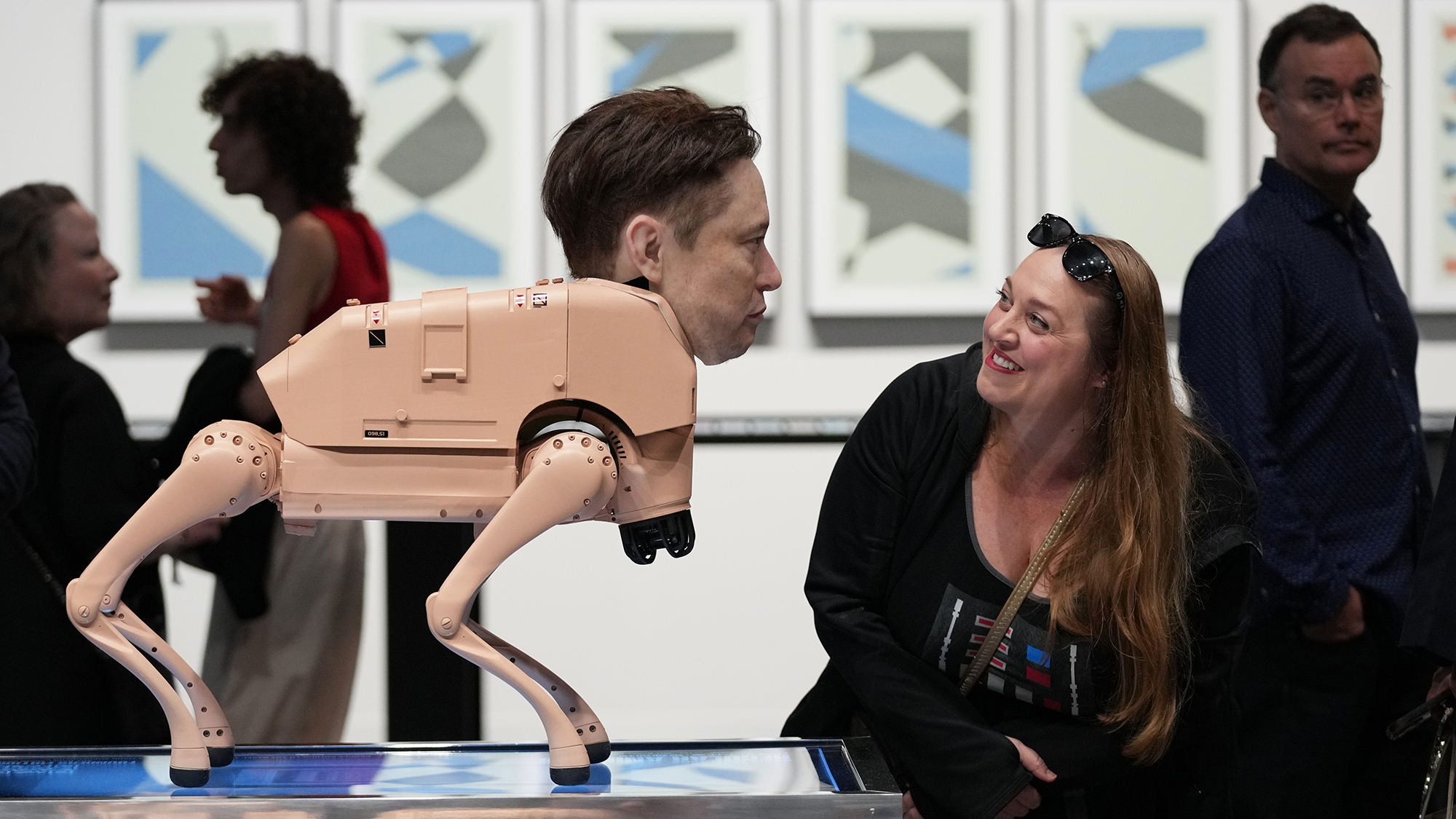Mammograms: What’s a woman to do?
A federal advisory panel has issued new guidelines on how often and at what age women should be screened for breast cancer.
Welcome to the scary new world of “ObamaCare,” said The Wall Street Journal in an editorial. Ever since President Obama first unveiled his plan for health-care “reform,” many have warned that government-run health care will invariably mean less health care, as bureaucrats trim services to cut costs. We didn’t expect those fears to be validated so soon. Last week, a federal advisory panel declared that, contrary to decades of medical practice, only women over 50, not 40, need submit to regular mammograms to test for breast cancer, and that women 50 to 74 should be screened every two years instead of annually. In the ensuing outrage, Health and Human Services Secretary Kathleen Sebelius acknowledged the “confusion and worry” and insisted that the new guidelines do not change federal policy and were simply an effort to spare younger women the risks of unnecessary testing. Nice try. With government bean counters preparing to assume control of the nation’s health-care system, someone decided that “screening for breast cancer will cost the government too much money, even if it saves lives.”
That’s quite a “conspiracy” theory, said breast-cancer activist Susan Love in the Los Angeles Times. In reality, the panel’s recommendation has nothing to do with reducing costs, but reflects “an honest attempt” to weigh the latest research. A recent study in Britain, for instance, found that an annual mammogram between the ages of 40 and 50 had no statistically significant impact on women’s mortality, while causing them much needless anxiety. If anxiety were the only downside, said Michael Wilkes in The Sacramento Bee, then perhaps more screening would be worth it. But especially for younger women, mammograms often come back with false positives, leading to surgical biopsies and in some cases unnecessary mastectomies. It adds up to a lot of risk, and suffering, to save what the task force has said is one life for every 1,904 women tested annually in their 40s.
Not if you’re that one woman, said Carolyn Gusoff in Newsday. When I read these new guidelines—which also advise 40-something women not to bother giving themselves regular breast exams at home—“the lump in my throat felt almost as large the lump in my breast had been.” I’m not qualified to argue about statistics. But I do know that if I hadn’t been told to examine my breasts and go for regular screenings, “I wouldn’t have been around to write this.” The upside of annual screenings for all women is small, said The Boston Globe. Still, that translates “into thousands of lives saved every year—thousands of daughters, mothers, wives, and friends who would otherwise be lost too soon.”
The Week
Escape your echo chamber. Get the facts behind the news, plus analysis from multiple perspectives.

Sign up for The Week's Free Newsletters
From our morning news briefing to a weekly Good News Newsletter, get the best of The Week delivered directly to your inbox.
From our morning news briefing to a weekly Good News Newsletter, get the best of The Week delivered directly to your inbox.
This entire controversy has left me and millions of other women feeling a mix of “outrage and despair,” said Patty Fisher in the San Jose Mercury News. For years, we have submitted to annual mammograms, “stripping down in front of a perfect stranger in a freezing cold room and holding still while our tender flesh is pinched, squashed, and flattened like a pie crust.” Now we learn that “it wasn’t worth it.” Even worse, we have been informed that “while mammograms may be an inadequate diagnostic tool, they’re still the best one we have.” One thing, at least, is clear: After hundreds of millions of research dollars and years of “walkathons and pink-ribbon ad campaigns,” the battle against breast cancer has only just begun.
A free daily email with the biggest news stories of the day – and the best features from TheWeek.com
-
 The week’s best photos
The week’s best photosIn Pictures A drive in the desert, prayers with pigeons, and more
-
 The Week Unwrapped: Will drought fuel global violence?
The Week Unwrapped: Will drought fuel global violence?Podcast Plus why did Trump pardon a drug-trafficking president? And are romantic comedies in terminal decline?
-
 Sudoku hard: December 5, 2025
Sudoku hard: December 5, 2025The daily hard sudoku puzzle from The Week
-
 Has Zohran Mamdani shown the Democrats how to win again?
Has Zohran Mamdani shown the Democrats how to win again?Today’s Big Question New York City mayoral election touted as victory for left-wing populists but moderate centrist wins elsewhere present more complex path for Democratic Party
-
 Millions turn out for anti-Trump ‘No Kings’ rallies
Millions turn out for anti-Trump ‘No Kings’ ralliesSpeed Read An estimated 7 million people participated, 2 million more than at the first ‘No Kings’ protest in June
-
 Ghislaine Maxwell: angling for a Trump pardon
Ghislaine Maxwell: angling for a Trump pardonTalking Point Convicted sex trafficker's testimony could shed new light on president's links to Jeffrey Epstein
-
 The last words and final moments of 40 presidents
The last words and final moments of 40 presidentsThe Explainer Some are eloquent quotes worthy of the holders of the highest office in the nation, and others... aren't
-
 The JFK files: the truth at last?
The JFK files: the truth at last?In The Spotlight More than 64,000 previously classified documents relating the 1963 assassination of John F. Kennedy have been released by the Trump administration
-
 'Seriously, not literally': how should the world take Donald Trump?
'Seriously, not literally': how should the world take Donald Trump?Today's big question White House rhetoric and reality look likely to become increasingly blurred
-
 Will Trump's 'madman' strategy pay off?
Will Trump's 'madman' strategy pay off?Today's Big Question Incoming US president likes to seem unpredictable but, this time round, world leaders could be wise to his playbook
-
 Democrats vs. Republicans: who are US billionaires backing?
Democrats vs. Republicans: who are US billionaires backing?The Explainer Younger tech titans join 'boys' club throwing money and support' behind President Trump, while older plutocrats quietly rebuke new administration